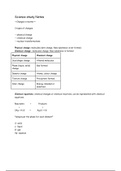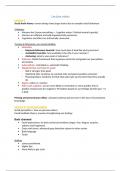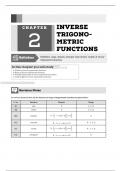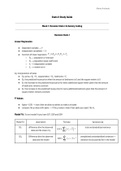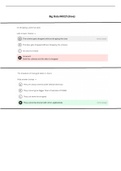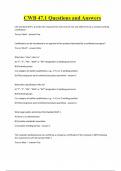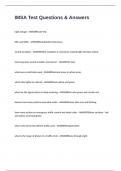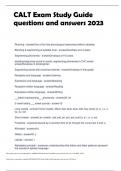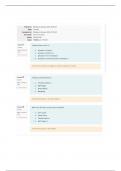Introduction to Community Ecology
Learning Outcomes of Module:
1. Understand what community ecology is
2. Identifying keystone species
3. Quantifying species richness
4. Quantifying species diversity
Introduction to Community Ecology
Ecosystem Community Population
Community: A community is an association of interacting species inhabiting some defined area
• In community ecology we’re looking at the patterns and processes which characterise
communities
• e.g. Seabird cliff community
o Seabirds compete for food and nesting spots and therefore develop different niches
o Puffins: nest underground in burrows
o Razorbills: nest on rocky cliffs
o Fulmars: nest aboveground on grassy ledges
• The variety in niches allows for interspecific interactions
Ecosystem Community Population
Population: Defined as a group of individuals of a single species inhabiting a specific area
Guild: A guild is any group of species that exploit the same resources, often in related ways
Keystone species: A keystone species on which other species in an ecosystem largely depend, such
that if it were removed the ecosystem would change drastically
, • e.g. Kelp bed community
Sea
Sea otters Kelp
urchins
o The kelp community acts as a habitat for many species
o The above flow chart shows the food chain that may exist in the kelp bed community
o The sea otters feed on the sea urchins, and the sea urchins feed on the kelp
o If the sea otter was removed from the habitat, you can expect the sea urchin population
to increase
o In return, an increase in the sea urchin population results in a decrease of the kelp
population
o The sea otter in this scenario acts as a keystone species because once it is removed from
the habitat, the community structure is changed drastically
• Ultimately, the removal of a keystone species decreases the species diversity of the specific
area
Species Diversity
Two factors:
1. The number of species in the community – species richness
2. The relative abundance of these species
Species Richness: Simplest measure of the number of species in a community
• The measure of species richness is most relevant when comparing two or more
sites/habitats
• It is important for the two sites to be the same size
Species density: The number of species per area
Relative abundance: The number of organisms of a particular kind as a percentage of the total
number of organisms of a given area or community
𝑁𝑢𝑚𝑏𝑒𝑟 𝑜𝑓 𝑖𝑛𝑑𝑖𝑣𝑖𝑑𝑢𝑎𝑙𝑠 𝑜𝑓 𝑠𝑝.𝐴
• Relative abundance of sp. A =
𝑁𝑢𝑚𝑏𝑒𝑟 𝑜𝑓 𝑖𝑛𝑑𝑖𝑣𝑖𝑑𝑢𝑎𝑙𝑠 𝑜𝑓 𝑎𝑙𝑙 𝑠𝑝𝑝
• Measures of relative abundance quantify the patterns of species within each community,
but we need to be able to quantify the ‘pattern’ of the whole community so we can compare
it to others.
• Quantifying species diversity, species richness and relative abundance (also referred to as
evenness) can be combined using diversity indices.
• Most commonly used is the Shannon-Wiener Index: H’ = - Σ pi ln (pi )
o Where:
▪ H’ is the diversity index
▪ pi is the proportion of the community made up by species i summed (Σ) for
all species.

